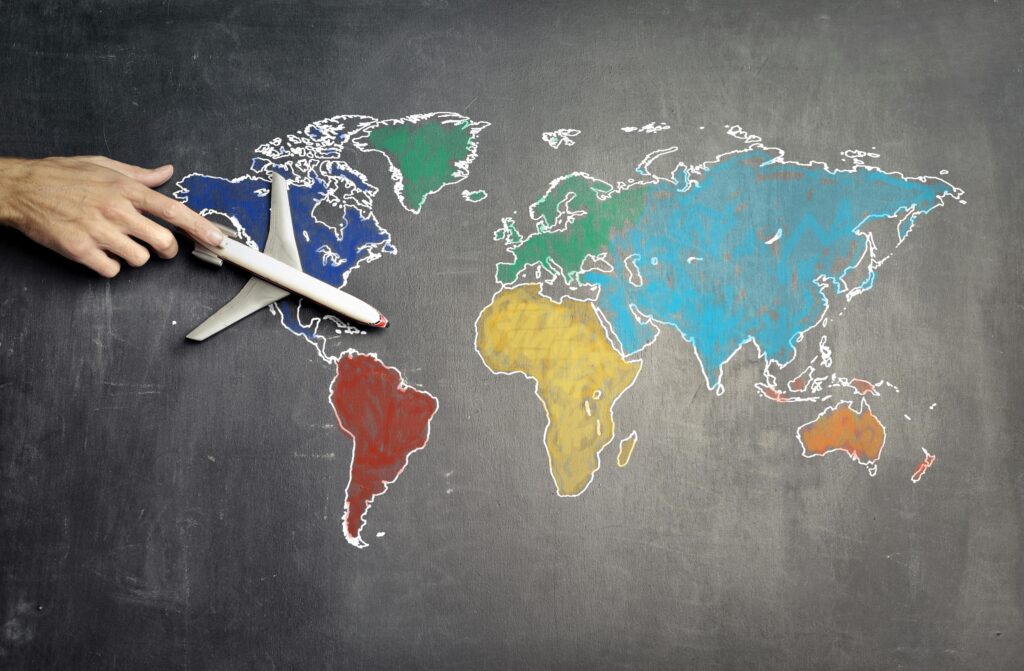In a significant step towards normalizing diplomatic and people-to-people relations, the Indian government has announced the resumption of tourist visas services for Chinese citizens, starting July 24, 2025. This marks the end of a five-year suspension that began after the COVID-19 outbreak and escalated further due to border tensions between the two countries.
Diplomats, businesses, and tourism stakeholders in both nations welcome this long-awaited move. They see it as a positive step to rebuild trust, restart travel links, and open doors for smoother cultural and economic exchanges.
Why Were Chinese Tourist Visas Suspended?
The suspension of tourist visas for Chinese nationals was initially imposed during the COVID-19 pandemic in 2020, like many other travel restrictions worldwide. However, what made the situation more complex was the Galwan Valley clash in June 2020, where tensions along the Line of Actual Control (LAC) between India and China escalated to deadly consequences.
Since then, India continued to allow limited categories of Chinese nationals (such as students, diplomats, and businessmen) to apply for visas, but tourist visas remained frozen. This visa freeze became symbolic of the icy diplomatic relationship between the two neighbors.
What’s Changing Now?
According to the Indian Embassy in Beijing, Chinese citizens can now apply for tourist visas using the standard application process. They must fill out an online form and then submit physical documents at one of three Indian visa centers in Beijing, Shanghai, or Guangzhou.
This reactivation of tourist visas is a clear sign that both countries are working to restore mutual confidence and diplomatic warmth. India has also resumed the Kailash Mansarovar Yatra, a significant pilgrimage for Indian citizens that goes through Chinese territory in Tibet, another indicator of de-escalation in tensions.
India’s Message: Open Doors, Not Hostile Borders
The timing of this decision is particularly important. It follows a series of quiet but strategic diplomatic engagements between New Delhi and Beijing, including border management talks, flight resumption agreements, and eased trade routes.
India’s move signals that while the country remains cautious on security issues, it is also ready to build peaceful relations through soft diplomacy—tourism being one of the most effective tools in this regard.
What It Means for Chinese Tourists
For Chinese nationals, this is a huge relief. India has always been a destination of deep cultural, historical, and spiritual interest. From the Taj Mahal in Agra to Bodh Gaya, the birthplace of Buddhism, to the shopping streets of Delhi and Mumbai, India offers a unique travel experience.
Now that tourist visas are reinstated, Chinese travelers can again explore these attractions legally and safely. The Indian embassy has urged applicants to follow proper guidelines and make appointments in advance due to expected high demand in the initial phase.
Economic and Tourism Impact
Before the pandemic, Chinese tourists were among the top spenders globally. Although their numbers in India were relatively modest compared to other countries, their presence was growing steadily. In 2019, over 300,000 Chinese tourists visited India, contributing significantly to local businesses, hotels, and cultural tourism.
The resumption of visas is expected to:
- Boost India’s inbound tourism industry
- Support local economies and businesses reliant on international visitors
- Create opportunities for bilateral business delegations and travel exchange programs
- Revive hospitality and transport services that have suffered post-COVID
China’s Response: A Welcome Move
China’s Foreign Ministry welcomed the Indian decision, calling it a “positive development”. Officials stated that this would help enhance people-to-people exchanges, foster understanding, and improve bilateral ties.
They also hinted that they may restore direct flights between major Indian and Chinese cities, which the pandemic had suspended. Furthermore, discussions are ongoing to ease visa processing for Indian journalists, students, and businesspeople wishing to visit China.
Challenges Ahead
Despite this progress, the road to full normalization remains complicated. The border issue between the two countries is far from resolved, and mutual trust is still fragile.
However, steps like resuming tourist visas can act as confidence-building measures. They help change the tone of engagement from confrontation to cooperation.
India and China, as two of the world’s largest economies and civilizations, have immense potential to benefit from peaceful engagement—through trade, education, tourism, and cultural collaboration.
Strengthening Cultural and Regional Connectivity
Beyond tourism and diplomacy, the reopening of visas also offers a chance to deepen cultural and regional ties between India and China. Both nations share a rich history of philosophical exchange, particularly through Buddhism, which originated in India and flourished in China. With travel access restored, academic collaborations, heritage tours, and film exchanges are likely to gain momentum. This move can reignite interest in historical routes like the Ancient Silk Road and boost regional cooperation projects under multilateral platforms like BRICS and the Shanghai Cooperation Organisation (SCO). In essence, this visa resumption could become a stepping stone toward broader cultural diplomacy in Asia.
Final Thoughts
The resumption of tourist visas to Chinese citizens after five years is more than just a bureaucratic announcement—it’s a symbol of thawing relations between Asia’s two giants.
This move shows India’s willingness to re-engage with its neighbor through peaceful and practical means. For Chinese travelers, it’s an invitation to rediscover India’s incredible diversity, spirituality, and heritage.
For both governments, it’s a reminder that diplomacy doesn’t only happen in boardrooms—it also happens at visa counters, airports, and among everyday people exploring new countries.
To have more news like this, you can read our other Blogs.





Pingback: India-UK Free Trade Agreement - NEWS ALTITUDE